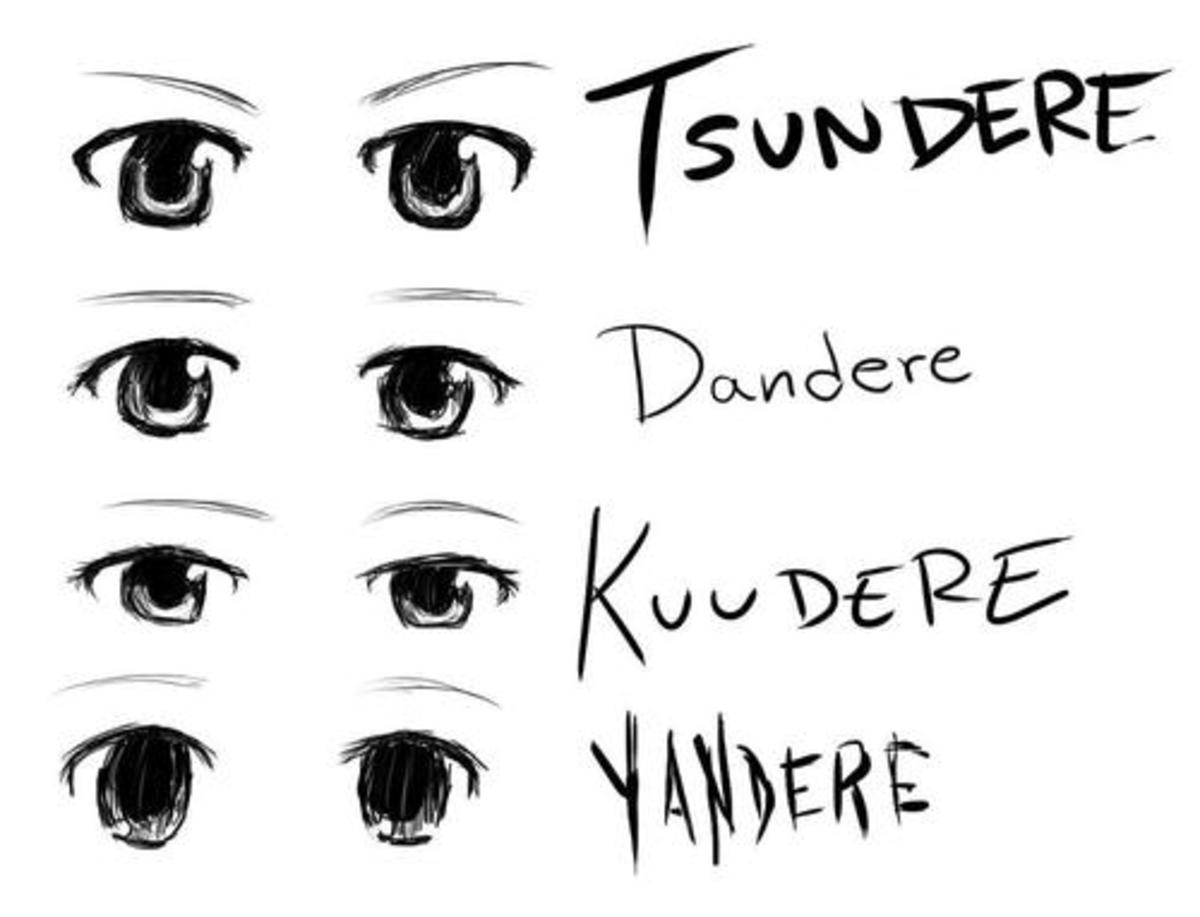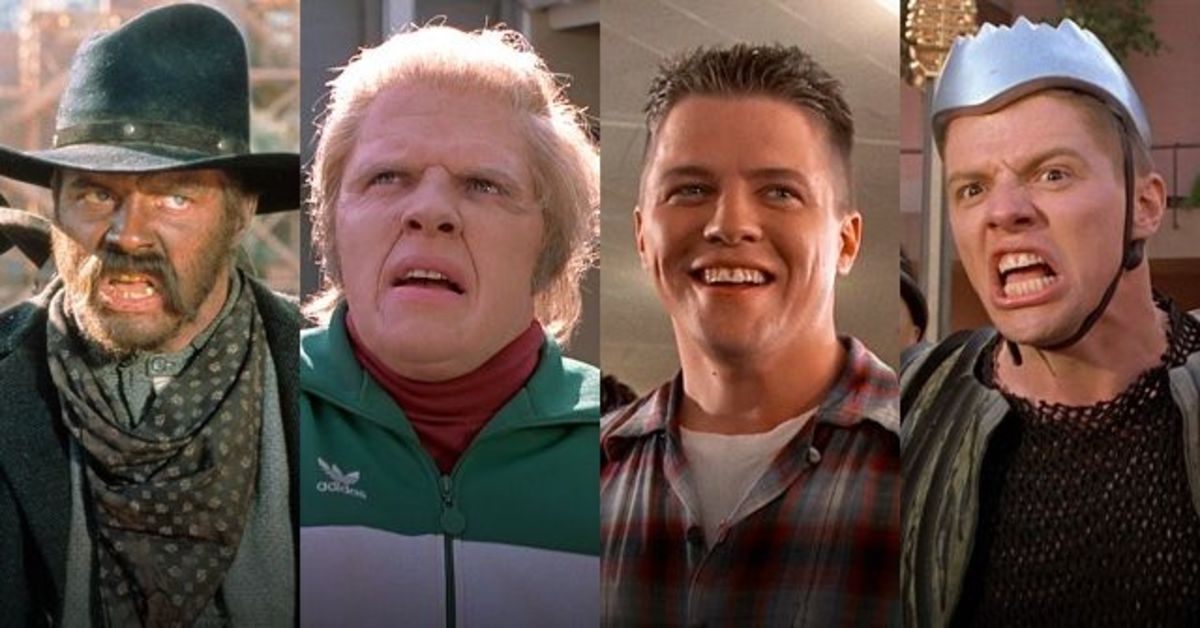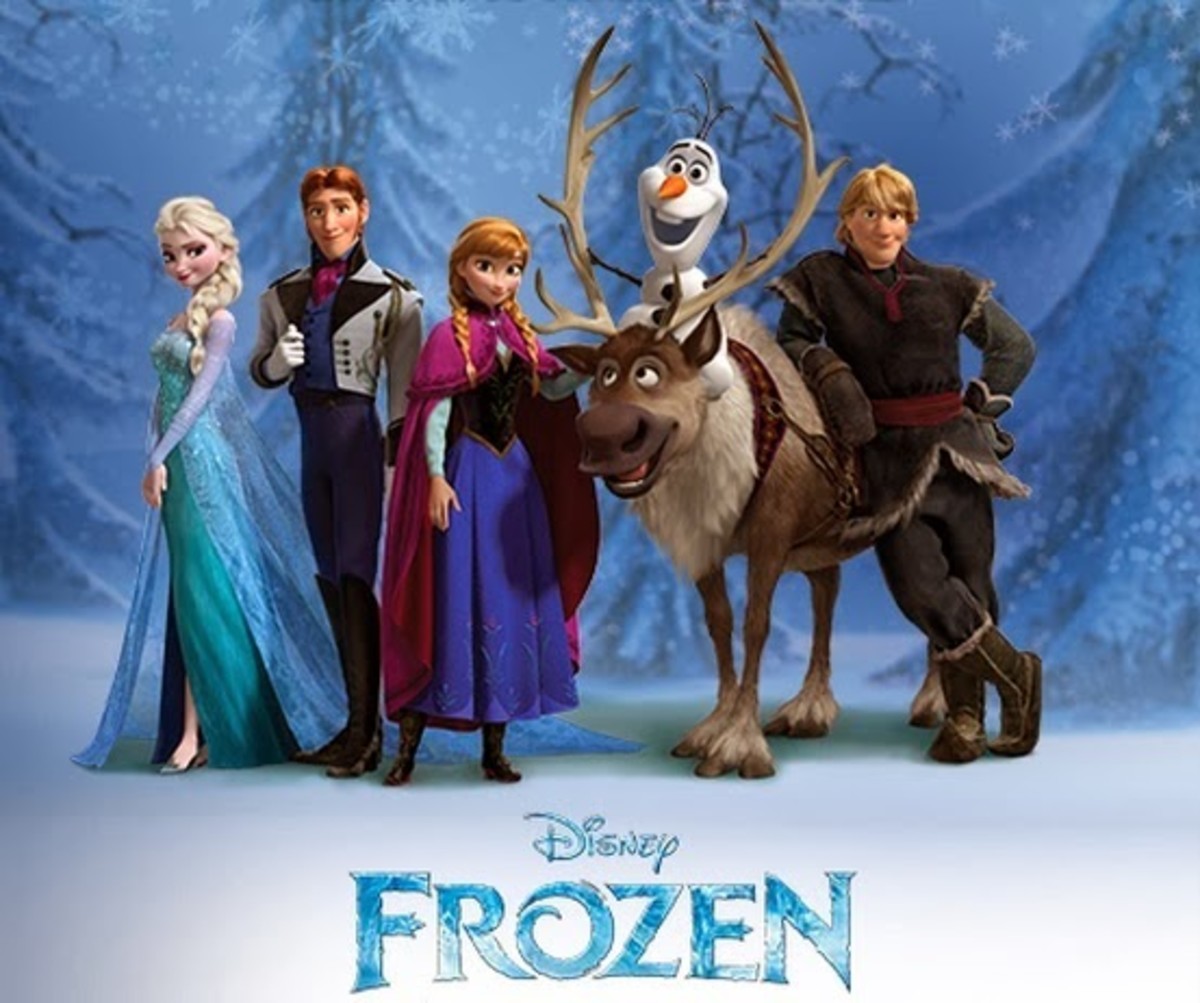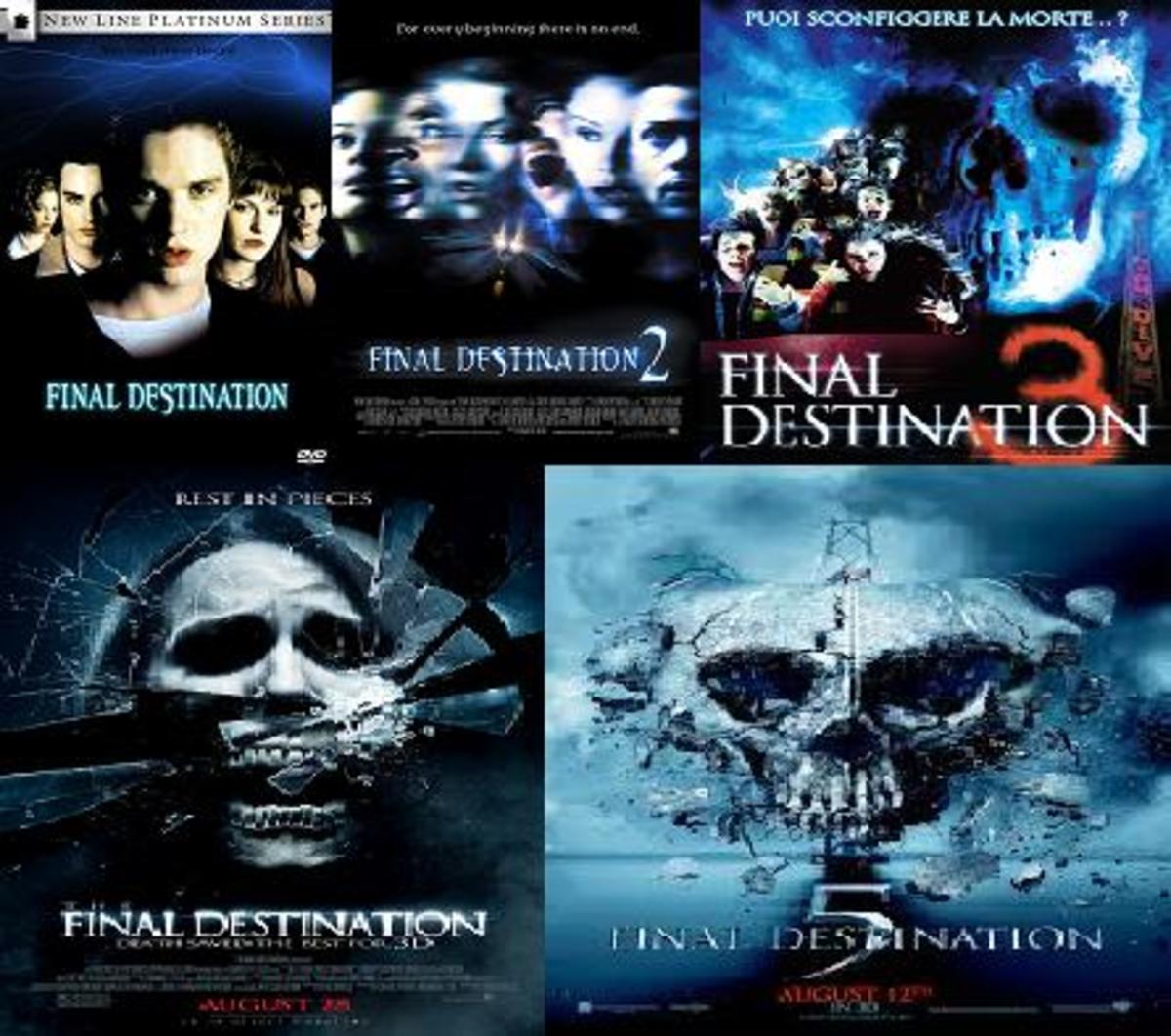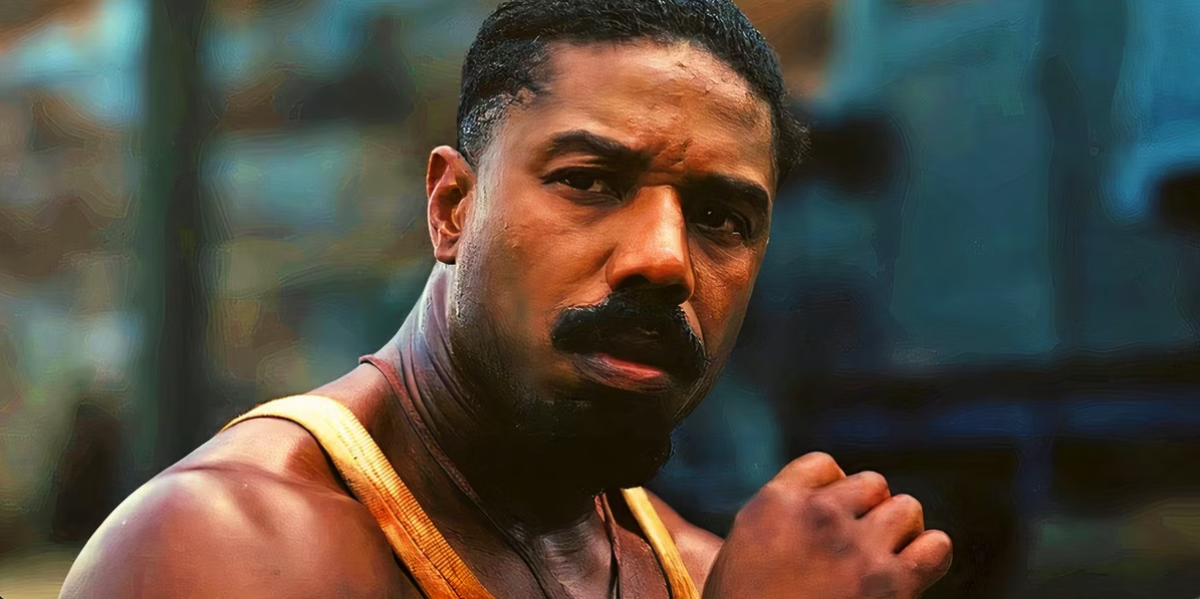The Pianist - Realism in Film
In this post I will discuss ways the ‘Pianist’ is an example of realism.Realism in the Pianist can be evaluated by the use of the following aspects:
Cinematic techniques
Content
Narrative structure
Dialogue
Director
Acting
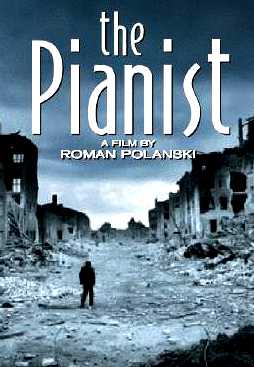
Cinematic techniques: The camera should essentially be a recording mechanism. Technique needs to be transparent, not noticeable, and not call attention to itself. Very little manipulation is done through editing, unusual shots, composition or music. The Pianist had a continuous, smooth flow relying little on huge Hollywood special effects. Production design, the use of lighting, camera angles, shots and movement created viewer emotion. Good use of point-of-view shots lets the viewer see and feel the confusion, fear, and hope much as the character does. There are specific scenes where this is applied: A man is thrown from the balcony across the street from his apartment and the viewer sees it as if at the windows ledge; and from the hospital we see chaos in the street through a hole in the wall. Good use of masking technique. The use of color and lighting also set the mood from the ample use of dark grays and blacks to depict helplessness through most of the film to the more colorful and bright scenes at the end. The use of music in the film, for the most part, is used to evoke feeling and emotion. Brody’s character, Szpilman, when playing or imagining playing the piano signified hope and strength. The piano allowed him a brief escape of the horrid situation he was in and ‘playing’ kept his sanity and hope of survival alive. In one moving scene he is forced to play the piano after being found by a German officer who afterward helped him by bring food. This gave a glimpse of compassion and humanity to the otherwise brutality and inhumanity one perceives of Nazi Germans.
Content: The central feature of realism. The content should expose reality, making a political or social point. Should have emotional depth and complexity. The film was realistic in showing Polish Jews as passive and naïve; waiting or hoping for others to fight their battles. For example, when referring to the Russians, some Jews are state “the allies are putting up a good fight, it won’t be long now…”, and others condemn America for not helping, damning American Jews for not voicing louder to get America involved in the beginning, but at the same time, they themselves surrender compliantly without a fight. The film portrayed the Germans as calculated, manipulative, almost robotic and inhuman, save one officer. I felt a main social point in the film was that man will do what he needs to do to survive, as shown by fellow Jews assisting the Nazi’s in controlling their own people, in order to survive themselves. From the standpoint of clothing, dialect, staging and storyline the film’s effort was well done to portray reality.
Narrative structure: The film has a linear structure, clear beginning, middle and end. Clear cause and effect-one thing sensibly leads to another. Opening with classical piano played by the main character on Polish radio, we witness his non-chalant attitude in the beginning, while living with his family in an upscale apartment in Warsaw. The film flows smoothly as the German army slowly infiltrates the city and begins the calculated, meticulous plan to round up and control the Jewish people. It provides a partial answer of how they (Nazi’s) were able to annihilate mass amounts of Jews. The film’s cause and effect was clear- the persecution of the Jewish people and one mans will to escape and survive during the holocaust. The film provides closure with the rescue of main character and ends as it began – his playing piano on Polish radio. From the very first notes heard at the beginning of the film, the story sensibly ledto the climatic end.
Dialogue: May use awkward wording, pauses and stammering of real life situations. Spontaneuous speech. The film’s dialogue seemed to be realistic to the time and place, accurately capturing the dialect and language of the period. Many of the scenes when Brody’s character, Szpilman is in hiding, words were spoken in low tones emphasizing to us the fear of being noticed or drawing attention. Dialogue in the second half of the movie was not spoken so much in words but by Brody’s performance. The dialogue mimicked real situations that occurred during this period.
Director: Director cats as a facilitator; brings the world to the viewer. Polanski facilitates the film staying true to the story being told without inflicting personal or historical references of the holocaust (we do not really see the horrific atrocities or mass slaughter). Polanski brings the holocaust to us as the character Szpilman lived it -focusing not so much on isolated events but on the story of survival. We only witness what the character sees and hears using point-of -view shots and pans efficiently. Polanski’s use of the extreme long shots capturing a lone Szpilman amidst the ruins of the Jewish ghetto effectively depicted the isolation the character. His use of small edit cuts gave us the indication of time span without interrupting the flow of the film, such as the beard growth and physical deterioration of the character. His use of camera angle to distinguish the contrast of power in several scenes was used well.
Acting: Natural delivery, some non-professional actors or ‘real people’ used as actors. Probably the one thing that stands out in this film, is Adrien Brody’s portrayal of the main character Szpilman. He does an excellent job provoking emotion from the viewer, especially in the latter half of the film when in essence there was very little dialogue. His performance accurately portrays the transformation of an upscale pianist to a person struggling to survive by sheer will. From his self emancipation to his display of emotions as the character struggles to survive in the ruins of Warsaw, the acting was well done. With one main role, just a small supporting cast and many character actors, the film relied entirely on the performance of Brody to portray one mans survival of the holocaust.

